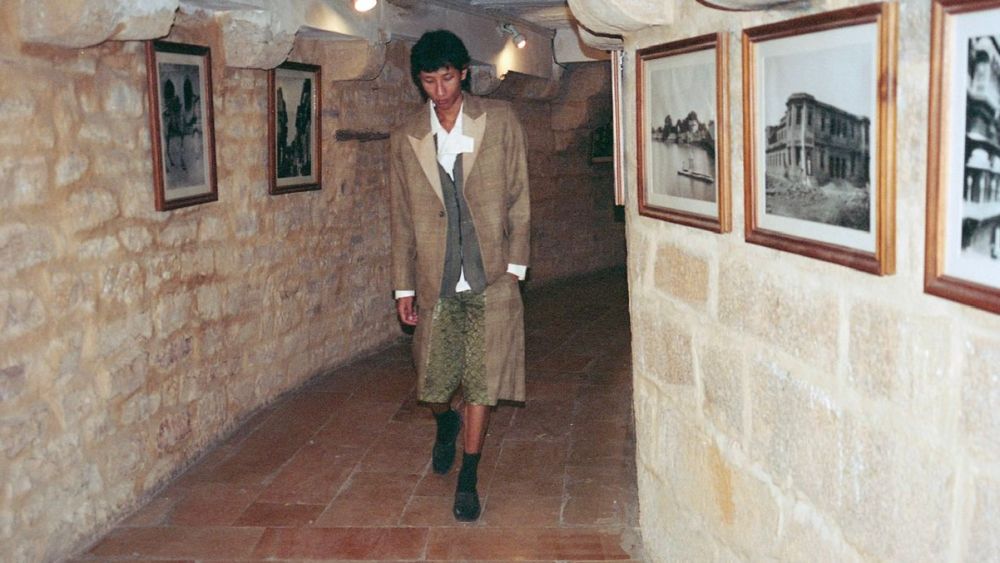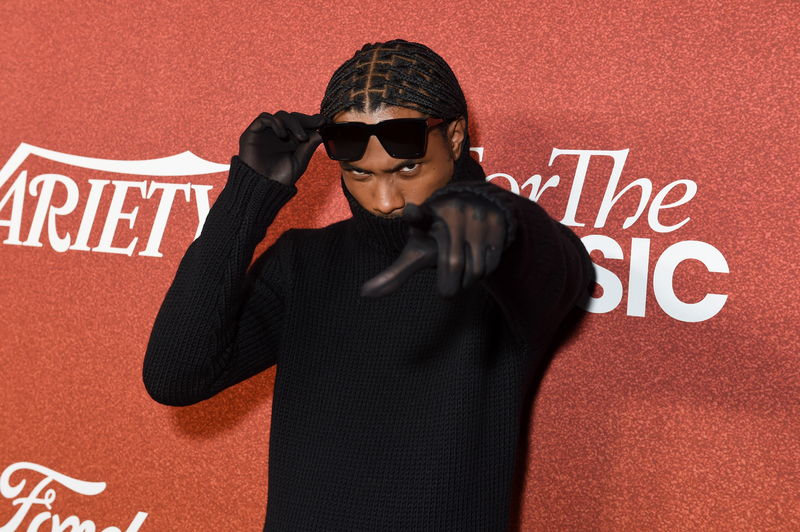PARIS — While Western brands look to India as the next major market for luxury goods, one emerging Indian brand is making the opposite journey.
Just two months after opening its first overseas store in New York City, Kartik Research is preparing to make its runway debut on the official calendar at Paris Men’s Fashion Week, where it will unveil a collaboration with Converse.
“This is the right move at the right time,” said founder and creative director Kartik Kumra, speaking via Zoom from Gurugram, the financial and technology hub near New Delhi where the four-year-old label is based.
You May Also Like
“We’ve built an audience slowly over three presentations now. It’s starting to click a little bit what we’re going for,” he added.
Indeed, at a time when most brands are struggling to cope with stalled demand, the craft-focused menswear label is on a growth path.
Kartik Research expects to log revenues of $3 million this year, almost double the $1.7 million recorded in 2024. Most of that increase will be fueled by its boutique on Orchard Street on New York’s Lower East Side, which is off to a flying start despite the threat of trade tariffs and storm clouds gathering over the U.S. economy.

“Foot traffic’s been really good, sales have been really good, and that’s helped us navigate what can otherwise be a really challenging time,” Kumra said. “It’s encouraging because New York is different. In a way, that city’s a lot more resilient to outside economic forces, because salaries are quite high.”
Since reaching the semifinals of the LVMH Prize in 2023, Kartik Research’s contemporary take on Indian heritage and craftsmanship has won a cult following among discerning customers, including a growing number of women.
The brand’s artisanal designs have been spotted on celebrities including Paul Mescal, Lewis Hamilton and Ncuti Gatwa, and appear on Damson Idris in the summer blockbuster “F1.” (He wears one of its vintage kantha jackets in the trailer.)
The label’s spring 2026 collection, titled “How to Make It in India,” will be presented on Sunday at 2 p.m. at the Union de la Jeunesse Internationale, the experimental cultural center founded by French Senegalese designer Youssouf Fofana.
Kumra is meeting the moment with a slightly more elevated collection. “We’ve definitely made more pieces that we know aren’t gonna sell, but just look cool,” he said with a laugh.
“Having said that, the most expensive piece we’ve ever made was a yellow jacket with embroidery all over, and that has sold out everywhere,” he continued. “So maybe throwing in a couple of these couture-level embroidery pieces isn’t a bad strategy.”
The looks are inspired by Kumra’s travels around India, where his brand supports a network of around 250 artisans specializing in local weaving, embroidery and quilting techniques.

“I got a little Leica about six months ago and just started shooting on film a lot more weird stuff that I find — like interesting hair dye, or a really offensive printed shirt that two people are wearing together. You see just odd things in India that have some sort of elegance, or like a flamboyance, to them,” he explained.
“It was like, ‘OK, what if we channel some of this instinctive dressing energy into the clothing?’” added the entrepreneur, who’s frustrated with the sameness of menswear.
“It’s maybe never been easier as a brand to fall into the archetypes of tastefulness, like this Japandi, Scandi thing, this ‘minimalism equals taste.’ That feels counterintuitive to some degree, because you don’t know what’s an organic idea and what’s engineered to fit that mold,” he mused.
The runway show will coincide with the release of a limited-edition photo book shot by Phil Engelhardt in Jaisalmer. Kumra has a real passion for print, and likes to scour vintage bookstores in Tokyo and Paris for old Comme des Garçons look books from the ‘90s.
“The runways are cool and very impactful, but in a different way. We still need to create the context in which the clothes actually exist,” he reasoned. “It would be nice if, 20 years from now, we have 40 books that we’ve made in different forms.”
Following a partnership with British outerwear brand Baracuta last fall, the brand has collaborated with Converse on a full footwear collection, having previously sold a small batch of hand-embroidered styles at Dover Street Market.
It will also feature a broader assortment of women’s pieces, which were initially introduced last fall. “In the New York store, we just had so many women come in being like, ‘Oh, I wish this fit me better,’ so that’s what kicked it off,” he said.

As Kartik Research branches out into more categories, including shoes and bags, Kumra’s team has grown to 12 people from three at the same time last year. He’s expanded his office with a workshop that handles sampling and small production runs.
“The next big goal is probably really trying to figure out how to bring a lot more of the production in-house,” he said.
Kartik Research has around 65 stockists worldwide, including online retailers Mr. Porter and Ssense, as well as Liberty and Selfridges in London, Bloomingdale’s in New York and Beverly Hills, Boon the Shop in Seoul, Unitn in Shanghai and Dover Street Market in Tokyo.
Given the uncertainty roiling the sector, he plans to expand his network of directly operated stores, which presently includes just one other location in New Delhi.
“We’ve never really had to deal with the amount of canceled orders as we’ll probably have this season, so it’s definitely rough. We’ve still managed to grow through this period because the brand’s so young,” he said. “We will open another store, and it’ll probably be next year, 2026, and my guess would be that would be somewhere in Asia.”
Kumra founded the brand in 2021 with $5,000 he made from flipping Yeezys while studying economics and politics at the University of Pennsylvania. For now, he doesn’t plan to take on outside investors.
“Stuff takes a little bit more time, but we have the plans and resources to keep that going,” he said. “This is a real alternative to what a lot of other brands are presenting, or what you find in stores. It’s really a very human idea on what a wardrobe can be. It’s worked for us so far, and we’re just going to try and keep getting better at it.”



